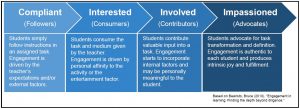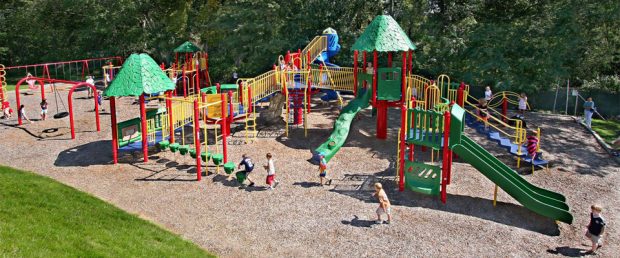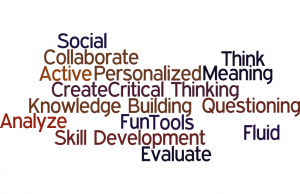Design of TELEs
The idea of technology as a carpenter’s tools meshes very well with my ideas of what technology is. I envision a world where getting a master’s in Educational Technology would sound as silly as getting a master’s in “Writing Implements.” They are both tools that are useful for inspiring ways of thinking of and for recording the thoughts, plans, and dreams of students. The largest difference is that educational technology has the ability to expand a student’s potential and allows them to accomplish things that they before could only think about doing.
For these reasons, if I were to make my own analogy for technology, it would be something along the lines of supercharged fuel. It works in the same types of systems, but it pushes the potential of what is possible and unlocks the true potential that was always there. This definition of technology also is broad enough to include whatever is used to help the students to reach their potential. This distinction of keeping the focus on the students is vital to me, as it continues to keep all instruction and efforts student focuses and centric.
As designers of learning environments, it is our job to continue to expand what students believe they are capable of. I believe that we do our students a disservice when we simply teach the same way we always have been taught. Rather than push the agenda of standards, we would better serve our students if we focused on skills. Skills are the pieces that can be applied to any project and make for success in the future. Technology is one way in which those skills can be utilized, but the emphasis should be on the cultivation of talents and mechanisms that set students up for success. A student who knows how to communicate, collaborate, think critically, and be creative is going to go much further in a rapidly progressing world than one who simply can get correct answers. Learning environments need to adapt more to accommodate and recognize this type of learning if our students are to see the true potential that they each have, and how that intelligence multiplies when they rely on their collective intelligence.
-Jonathan-


